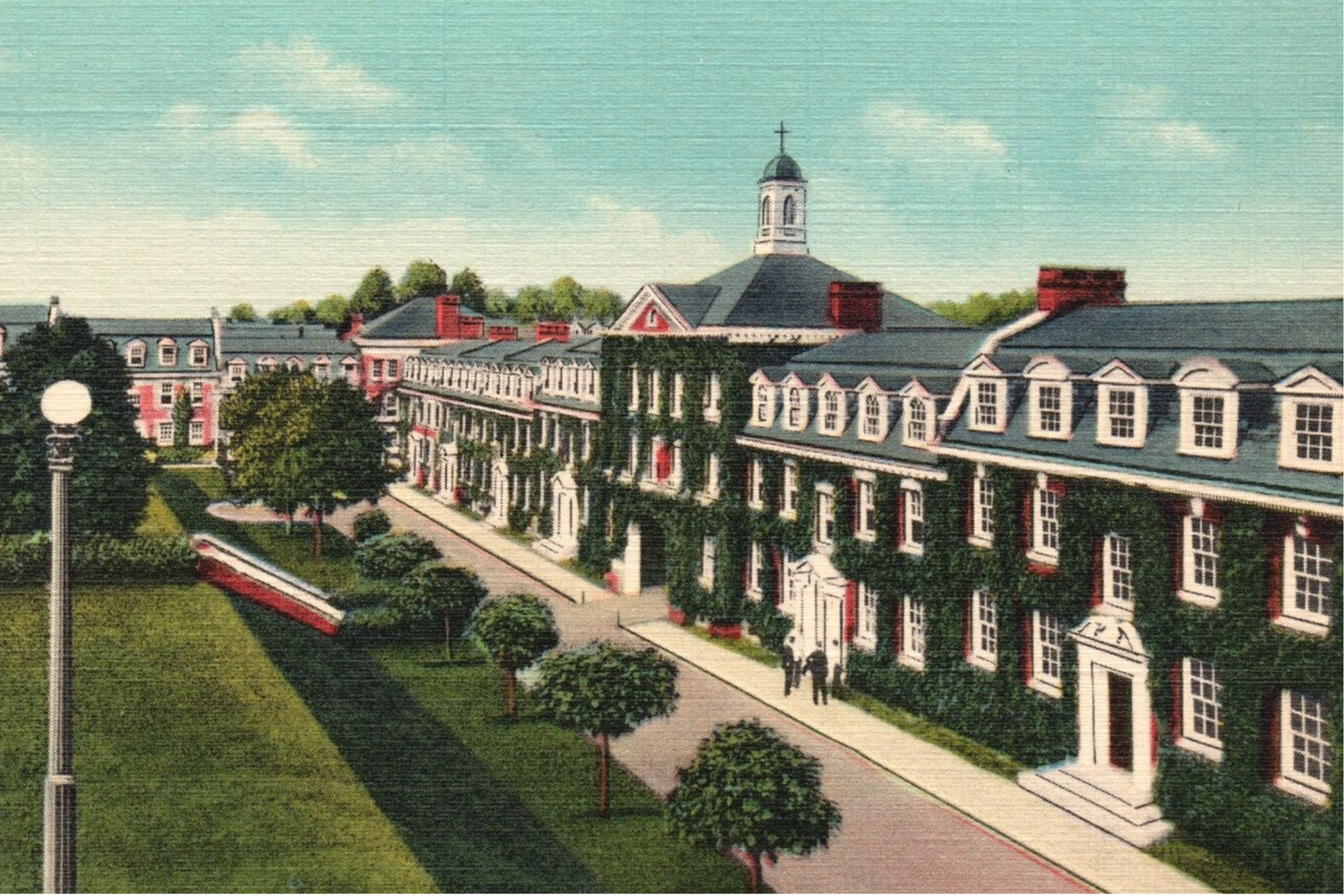More on Schools and Lead Pipes
Because lead is a highly malleable and relatively durable material, it was widely used for residential service lines during a period that began in the late 19th century and tapered off in the 1920s and 1930s due to public health concerns. During that same period, a large percentage of the urban housing stock in New York and the Midwest was built to accommodate the families of workers drawn toward new factories, which explains why lead service lines are most problematic in those states today. Similarly, industrial and agricultural prosperity made these communities attractive homes for many new colleges and universities. Although industrial trends and migration patterns have made these cities much poorer than they once were, the often wealthy and prestigious colleges and universities residing within them have not shared in the decline.
Troy’s lead service line crisis is really only remarkable if we assess its performance on the Department of Health’s Lead Service Line Replacement Program grant. In every other regard, Troy is a normal post-industrial city grappling with a discouragingly expensive infrastructure problem. In similar cities, university support for lead service line replacement efforts is not unusual. For example:
BlueConduit was created at the University of Michigan to help with inventorying during the Flint Water Crisis. As it pertains to water infrastructure more broadly, the University of Michigan took the lead on grant writing to help establish a water quality testing program with a mix of educational and practical benefits in the vein of some recent proposals for RPI.
Notre Dame, Indiana University, and Purdue University helped Indianapolis scale up an at-home lead screening kit.
Augustana College made a full commitment to assist the City of Rock Island with its lead service line replacement program, starting with inventories.
————
MIT began its payment in lieu of taxes agreement with Cambridge in 1928. In 2004, MIT entered into a 40-year agreement with automatic payment adjustments. Although Martin Schmidt’s term as Provost would not begin for another 10 years, the PILOT requires regular attention and is a source of pride for MIT: in its 2018 Community Engagement Report, MIT claims to have made $137 million in direct economic contributions to the City of Cambridge, including $54.9 million in taxes and $2 million in lieu of taxes. Other forms of community involvement include nonprofit incubation, student-initiated community service, “grid modernization,” and “designing utilities of the future.”
